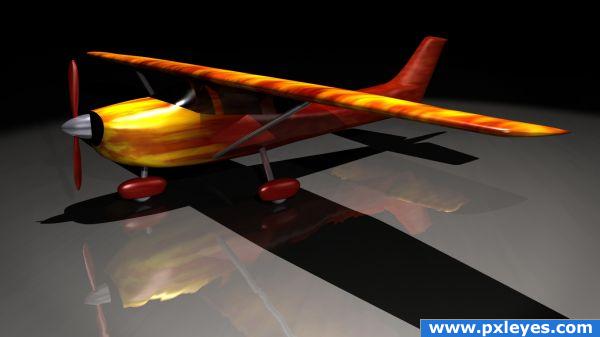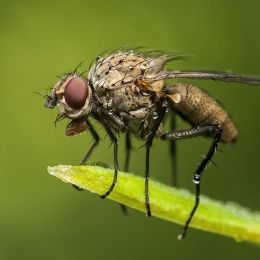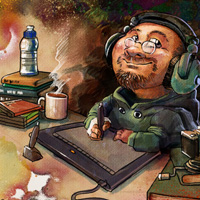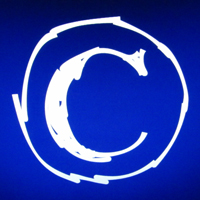I assumed Spline Patching would be the most accurate technique for getting the shapes. I decided to use a Cessna for guidance from The-Blueprints.com, created by Richard Ferriere (see source link below).
I started creating the basic 4 curves around the body and then added the details with curves cutting through the plane at three places (along the Y-axis).
I then patched together the curves, section by section, with the result showing in the top right view.
I started creating the basic 4 curves around the body and then added the details with curves cutting through the plane at three places (along the Y-axis).
I then patched together the curves, section by section, with the result showing in the top right view.

- : source











